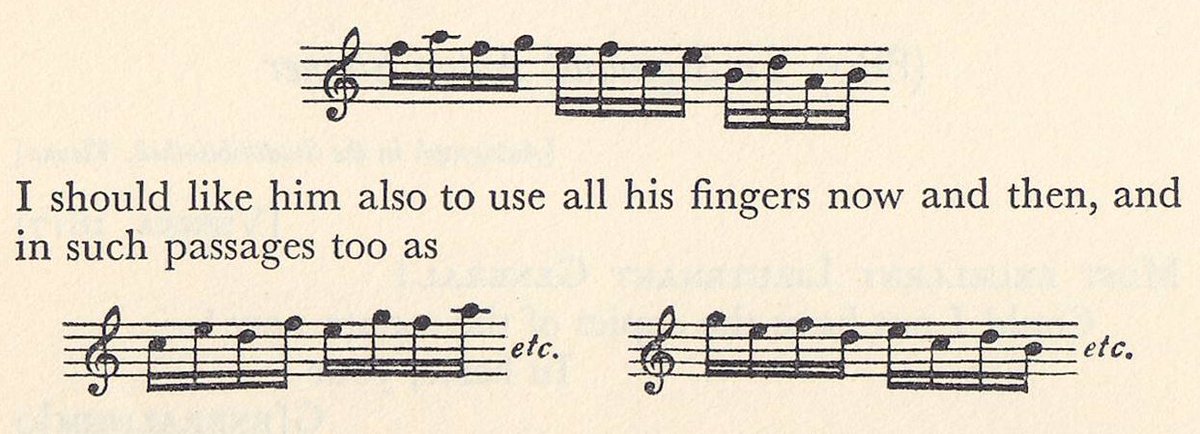The March in D Major (WoO 24) originated when Lieutenant Commander Franz Xaver Embel of the Civil Artillery Corps wrote Beethoven: “The Artillery Corps begs for the honor of a March for Turkish Music from the pen of the distinguished Herr Louis van Beethoven.”
The autograph of Beethoven’s March in D is dated 3 June 1816. This work is longer than the marches and other works he wrote for military band in 1809 and 1810 (Day 242), with a more extensive instrumentation, yet it doesn’t quite transcend its ad hoc origins.
#Beethoven250 Day 297
March in D Major for Military Band (WoO 24), 1816
One of several studio recordings available on YouTube.
As guardian of his nephew Karl, Beethoven became responsible for his music education. In 1816 he hired one of his former students: Carl Czerny, who was then about 25 years old but who had been teaching piano for a decade, and who is today known mostly for his pedagogical works.
Even though Beethoven had left his nephew Karl’s piano education to Carl Czerny, he couldn’t prevent himself from micro-managing. In an 1817 letter, Beethoven wrote Czerny:
“In regard to his playing for you, as soon as he has learnt the right fingering and can play a piece in correct time and the notes too more or less accurately, then please check him only about his interpretation; and when he has reached that point, don’t let him stop playing for the sake of minor mistakes, but point them out to him when he has finished playing the piece. Although I have done very little teaching, yet I have always followed this method. It soon produces musicians which, after all, is one of the chief aims of the art, and it is less tiring for both master and pupil — In certain passages, such as

so that he may slip one finger over another. Admittedly such passages sound, so to speak, as if they were ‘played like pearls (i.e. with only a few fingers) or like a pearl’ — but occasionally we like to have a different kind of jewelry.” — Beethoven Letters, No. 878